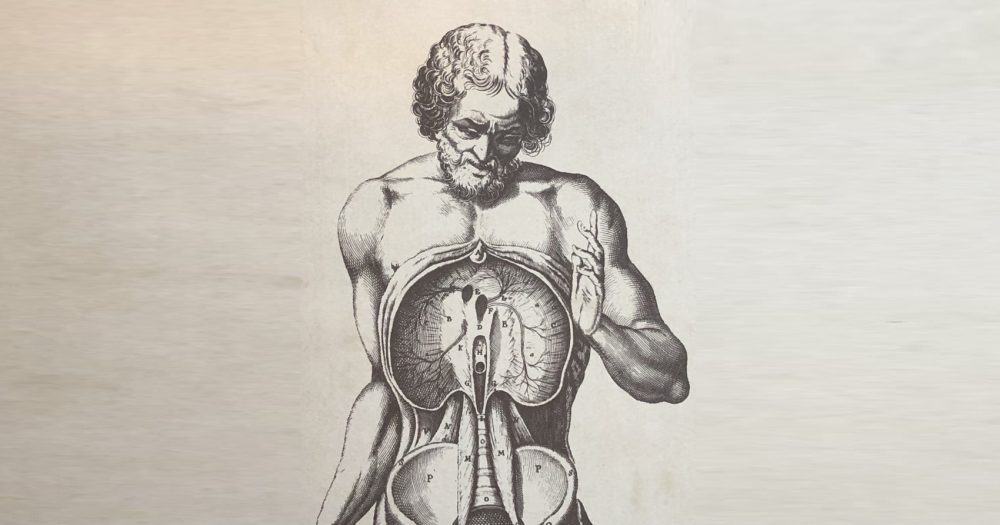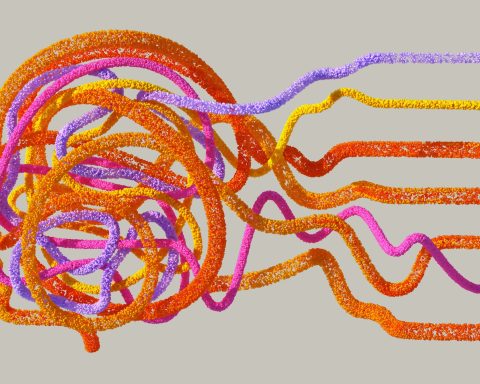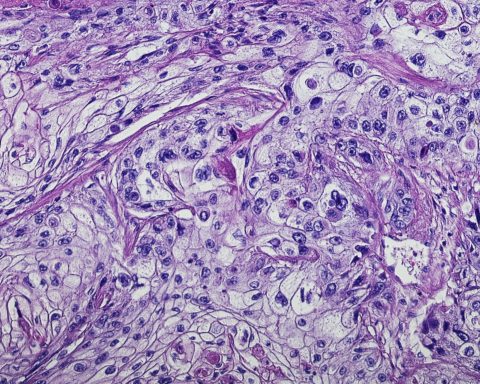
 Michael Tanael (left) is a GP practicing in the Southern United States. He uses POCUS daily in his practice. He can be found on Twitter @MichaelTanael2
Michael Tanael (left) is a GP practicing in the Southern United States. He uses POCUS daily in his practice. He can be found on Twitter @MichaelTanael2Shari-Jean Hafner (right) is a GP practicing in the Southern United States who routinely uses POCUS in her practice.
Several articles encouraging the use of point-of-care ultrasonography (POCUS) by outpatient generalists have recently appeared in prominent primary care publications.1,2 Advocates of POCUS in this setting maintain that it can improve and expand outpatient generalists’ ability to diagnose, screen, and safely perform procedures. They outline a wide range of diagnostic applications. A non-exhaustive list includes assessment for deep vein thrombosis, pneumonia, left ventricular dysfunction, cellulitis and soft tissue abscesses, cholelithiasis and cholecystitis, obstructive nephrolithiasis, rotator cuff tears, and even fractures. They also highlight its role in screening for abdominal aortic aneurysm and obstetric abnormalities, and they point out that it can enhance the safety of numerous outpatient procedures such as joint injections, joint aspirations, abscess drainage, foreign body removal, and nerve blocks.
Advocates of POCUS …. outline a wide range of diagnostic applications.
Understandably, the extensive number of potential applications of POCUS in primary care engenders enthusiasm for the technology and fosters the belief that it will make the delivery of care significantly safer, more timely, and more accurate—and it may do so, but incorporation of POCUS into routine practice also has the potential to harm patients if, in their enthusiasm, generalists forego thoughtful consideration of its pitfalls.
But incorporation of POCUS into routine practice also has the potential to harm patients if …. generalists forego thoughtful consideration of its pitfalls.
Because of the relatively small (albeit growing) body of evidence supporting POCUS in primary care its advocates rely heavily on studies done in non-primary care settings—a tenuous position due to concerns for spectrum bias. Presentation of disease differs significantly between primary care and specialty and emergency room settings, and outpatient generalists will likely have inferior training and equipment compared to their colleagues in these settings. Consequently, adducing studies conducted in specialty clinics and emergency rooms to justify POCUS use in primary care seems imprudent; more research is required. Indeed, two systematic reviews in 2019 assessing POCUS in primary care both point to a need for more research and identified just 8 unique studies evaluating primary care clinicians’ ability to perform a POCUS exam in a primary care setting.3,4 These studies mostly show encouraging results, but focus on substantiating the accuracy of exams done by generalists, not demonstrating improvement in patient-centered health outcomes.
Its advocates rely heavily on studies done in non-primary care settings.
Demonstrating accuracy of POCUS can justify its use to assess for treatable conditions with high rates of morbidity/mortality such as ectopic pregnancy, but other applications require data on patient-centered health outcomes to justify their use as the potential for unnecessary downstream medical care from false-positive results and incidental findings may outweigh their benefits.5
Generalists must also give careful consideration to their conceptualization of POCUS. Originally conceived of as tool to answer a specific clinical question arising from the history and physical exam some POCUS experts now suggest clinicians conceive of this technology as part of the physical exam, not a distinct entity that augments it. This approach leads to routine scanning of multiple organ systems and increases diagnostic yield, but it remains unknown if this increased yield improves outcomes or leads to unnecessary care. Again, more research is required.
Conceiving of POCUS as a part of the physical exam may also have another unforeseen consequence: objectification of the patient. Treating POCUS as physical exam removes the requirement for medical history to guide scanning; it removes a safeguard that helps ensure the ready access to objective anatomical data does not lead clinicians to de-emphasize the lived reality of disease.
Finally, general practitioners must consider the investments in time and money POCUS requires. POCUS equipment and training costs 1000s of pounds, and achieving competency for a particular application typically requires 50 proctored scans according to current guidelines.6 Moreover, scanning increases the length of patient encounters, potentially reducing the number of patients a clinician can see and lengthening their workday—highlighting the importance of thoughtful implementation.
POCUS has the potential to enhance general practitioners’ ability to diagnose, screen, and perform procedures; but its integration requires further research and careful consideration of several pitfalls to ensure it maximally benefits patients.
References
1.Arnold MJ, Jonas CE, Carter RE. Point-of-Care Ultrasonography. Am Fam Physician. 2020 Mar 1;101(5):275-285.
2.Bornemann P, Jayasekera N, Bergman K, Ramos M, Gerhart J. Point-of-care ultrasound: Coming soon to primary care? J Fam Pract. 2018 Feb;67(2):70-80.
3.Andersen CA, Holden S, Vela J, Rathleff MS, Jensen MB. Point-of-Care Ultrasound in General Practice: A Systematic Review. Ann Fam Med. 2019 Jan;17(1):61-69.
4.Sorensen B, Hunskaar S. Point-of-care ultrasound in primary care: a systematic review of generalist performed point-of-care ultrasound in unselected populations. Ultrasound J. 2019 Nov 19;11(1):31.
5.Guyatt G, Rennie D, Meade MO, Cook DJ. Users’ Guides to the Medical Literature: Essentials of Evidence-Based Clinical Practice. 3rd ed. New York: McGraw-Hill Medical;2015.
6.Family Medicine Residency Curriculum Guidelines: Point of care ultrasound. American Academy of Family Physicians. https://www.aafp.org/dam/AAFP/documents/medical_education_residency/program_directors/Reprint290D_POCUS.pdf. Published Dec 2016. Accessed Jan 20, 2021.
Featured photo of engraving for Tabulae Anatomicae by Giulio Cesare Casseri (Casserius) 1627. Photo by David Misselbrook.






